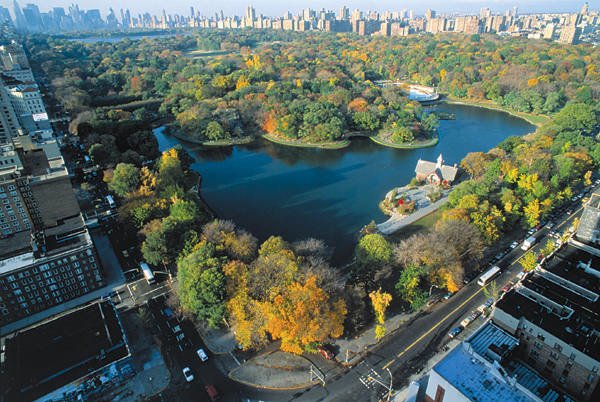Creating New York’s Central Park had an incredible impact on urban planning and living. In the 1850’s the idea struck New Yorkers both wealthy and poor alike as a great benefit. While the wealthy envisioned place where they as the high society could socialize and show their success, the poor saw the park as a place of recreation that did not require their personal labor to maintain. Those less enthusiastic about proposed Central Park were the 1,600 people who were residing in the proposed area. These residences feared for losing their homes and communities.
With further investigation it was discovered that the proposed location of the park was not suitable for commercial construction. With limited outdoor space for recreation, it seemed the park would prove to be great solution for the people of New York City, and would provide recreation that the urban city could not otherwise offer. Even when the idea of a park was proposed back in 1850, people saw and knew the need for recreation in nature. To sit in the grass, enjoy the shade of a tree, and even space to enjoy sports and other recreation has always been important.
Being that “New York’s Central Park is the first urban landscape park in the United States” and is still quite popular today, it is evident that it has been a very positive addition to this community (History of Central Park, New York, 2011). It has also paved the way for other urban areas in showing the importance of green space for these very urban communities. The success of park has continued to push the evolution of urban planning to where today residents expect and require green spaces or parks for recreation. This is another European idea that Americans adopted into American culture and therefore have enhanced urban living.
(Free Wi-FI In NYC's Central Park: Now That's More Like It.", 2011)
Works Cited:
CentralParkHistory.com - A Complete Online History of the World's Most Famous Public Park! Web. 18 Jan. 2011.
